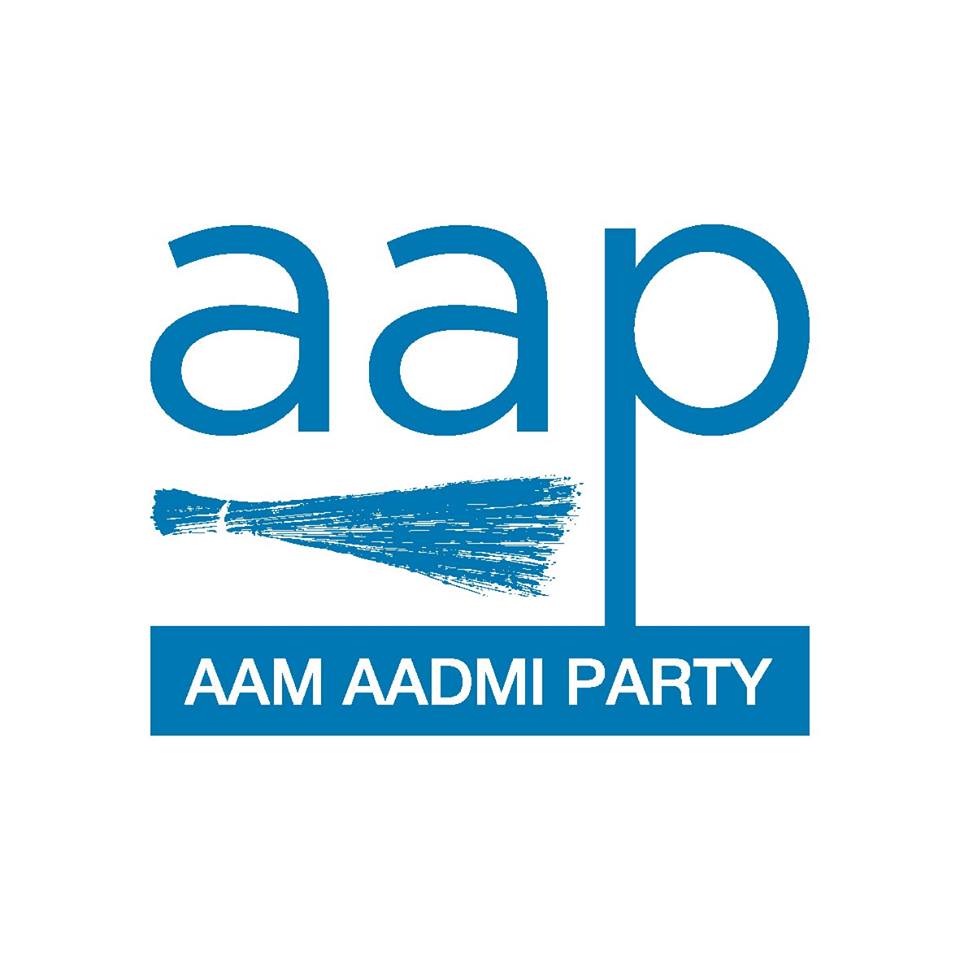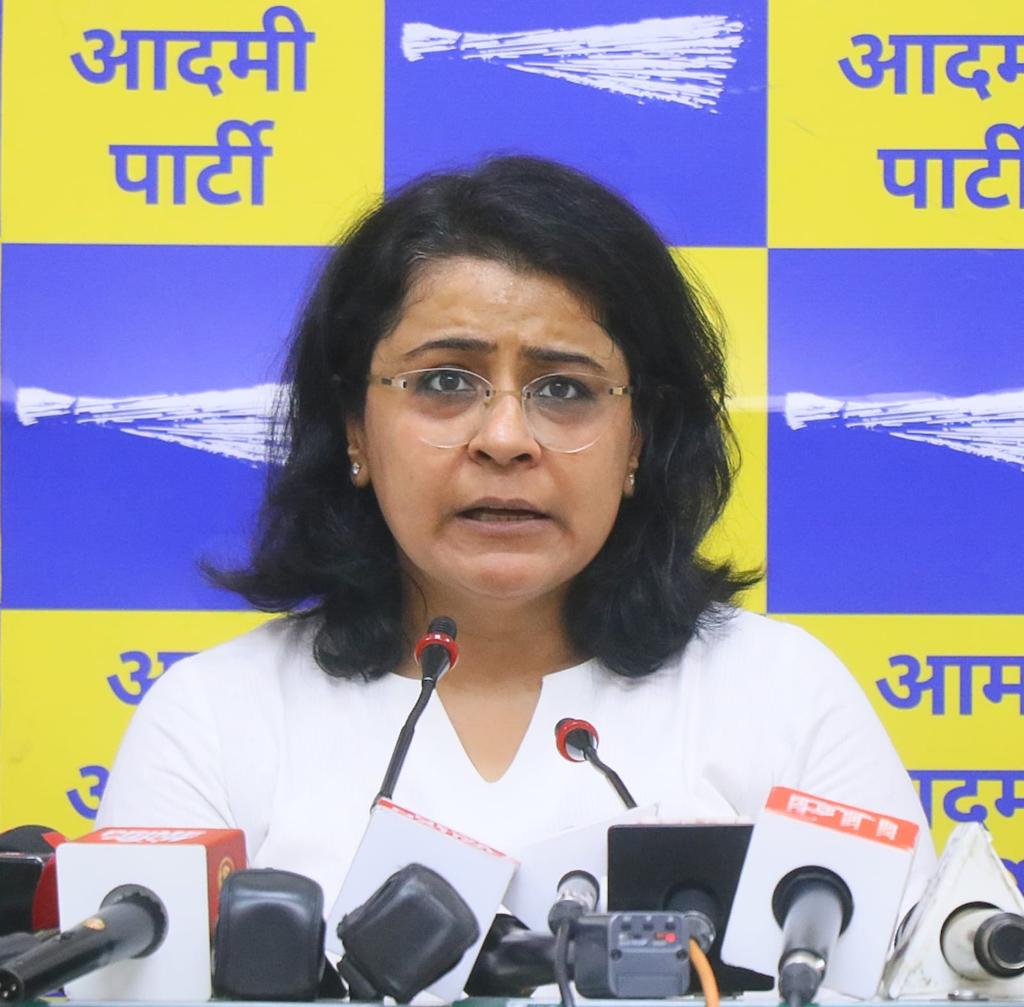The Kejriwal Government is set to revolutionise water supply management in Delhi by adopting European Standards for monitoring water consumption. In a visionary move, the government will leverage state-of-the-art SCADA systems to ensure efficient water distribution and meet the growing demand of various localities in Delhi.
A key milestone in this endeavour is the installation of flow metres across the city, a process that will be expedited to completion by December 31, 2023. Chief Minister Shri Arvind Kejriwal has emphasised the importance of timely execution to enhance water supply management. This initiative will help track and optimise water usage and promote responsible consumption habits among the residents. With real-time data and comprehensive insights into water consumption patterns, the Kejriwal Government will be better equipped to address shortages, detect leakages, and implement necessary measures to sustainably manage water resources.
Starting from July 1, 2023, the Delhi Jal Board will commence centralised monitoring of water supply throughout the city. This transformative measure will ensure a streamlined approach to water management, enabling the government to effectively address the diverse needs of different areas in Delhi. By monitoring water supply centrally, the government aims to enhance efficiency, minimise wastage, and ensure equitable distribution of this vital resource. The centralised monitoring system is expected to play a crucial role in meeting the water supply demands of various localities across the city.
During the review meeting held at the Delhi Secretariat, Chief Minister Shri Arvind Kejriwal sought an update on the progress of flow metre installations from DJB officials. To his disappointment, the CM discovered that the work had not been completed as instructed in the previous meeting. In response, he expressed his strong displeasure and set a deadline for the installation of flow metres on primary and secondary UGRs (Underground Reservoirs) to ensure comprehensive information and availability of water supply in Delhi. The Delhi Jal Board is tasked with completing the installation of all remaining flow metres by December 31. The Delhi government is implementing the SCADA System to manage water supply in the city, a system used in China, France, Central Europe, and Italy. The meeting was attended by Water Minister Shri Saurabh Bharadwaj, Vice Chairman of Delhi Jal Board Shri Somnath Bharati, and senior DJB officials.
Shri Arvind Kejriwal is deeply committed to preventing any wastage of the limited water resources in Delhi at every level. During the review meeting, he emphasised the importance of conserving every drop of water. The Delhi Jal Board’s assessment reveals a lack of proper records regarding available water in Delhi. Although water is being supplied to different areas of the city, it is not being recorded in the audit system of the Delhi Jal Board. Over the past few decades, the main water lines that used to serve these areas have been tapped and redistributed to different locations. Consequently, many areas receive water at low pressure or no water at all.
Under the guidance of the Chief Minister, the installation of flow metres on pipeline networks has progressed rapidly in recent years. The Delhi Jal Board has already installed approximately 352 flow metres at the primary level and aims to install around 108 more. Furthermore, there is a need to install flow metres at 4,053 locations on the secondary main water lines. Of these, 2,456 flow metres have already been installed, while 1,537 are yet to be installed.
In the review meeting, the CM established specific timelines for the installation of flow metres, with the goal of completing all installations on the primary and secondary networks by December 31, 2023.
During the review meeting, the CM issued strict instructions to Delhi Jal Board officials, urging them to expedite the installation of flow metres on essential pipeline lines. Expressing his strong dissatisfaction with the delay in installation, the CM set a strict timeline for everyone to follow. The Delhi Jal Board will install flow metres on the primary and secondary UGRs as per the specified timeline. The Chief Minister also directed officials to ensure that the data from all flow metres is displayed centrally, enabling regular monitoring to control unequal distribution of water.
According to the CM’s timeline, applications for bids will be invited within the next 22 days, and work allocation will be completed by August 20, 2023. As the supply of materials progresses, flow metre installations will be carried out accordingly. Additionally, testing and commissioning of the flow metres will be conducted on strict timelines as well.
The CM personally oversees the monitoring of water supply in Delhi. To establish comprehensive monitoring, flow metres will be installed in both the primary and secondary network systems throughout the city. These flow metres will be connected to SCADA systems, enabling the Delhi Jal Board’s headquarters to monitor the flow of water in every pipeline across all areas of Delhi. The headquarters will have access to data on water consumption from previous days, allowing for informed decision-making on water conservation, identifying areas experiencing water depletion, and determining where additional supply can be provided. This valuable data will be accessible at the Common Command Center.
Under the guidance of the CM the Delhi Jal Board is developing an automated system to ensure accurate data on water supply. The objective is to determine the precise amount of water being supplied through major pipelines in Delhi, the filtration levels at each water treatment plant, the distribution of water to primary users, and the allocation of water to various areas. All these details will be consolidated and available for daily monitoring at a central location. To achieve this, it is imperative to install flow metres on the main water supply lines.
In a statement, Water Minister Shri Saurabh Bhardwaj highlighted the unequal distribution of water within Delhi. “Efforts are underway to achieve equitable distribution and provide higher water pressure to all areas. It is crucial to ascertain the amount of water being supplied to each area. Currently, due to certain issues, water supply may decrease in one area while increasing in another. The lack of an automated water supply system makes it challenging for the Delhi Jal Board to track daily water distribution accurately. Presently, this assessment is carried out manually,” he said.
Emphasising the limited availability of water within Delhi, he added, “The city depends on external sources to meet its water requirements, primarily the Yamuna and Ganga rivers. However, this supply is insufficient given Delhi’s population. In 1994, an agreement was reached among states regarding water distribution, setting a limit on water supply. Despite significant population growth in Delhi, the city still receives the same amount of water as determined in 1994,” he said.
Notably, the quantity of water supplied through each pipeline in an area is determined by the water pressure within those pipelines. Flow metres are installed to accurately measure the water quantity delivered to specific areas. These flow metres gauge water pressure and provide estimates of water sent from each pipeline to different locations. Flow metres are a hardware component, and the data they collect is transmitted to Programmable Logic Devices (PLCs). Subsequently, the data from the PLCs is sent to SCADA, a graphical user interface also known as the Human Machine Interface (HMI) in engineering parlance. Based on the data received in SCADA, operators make informed decisions.




